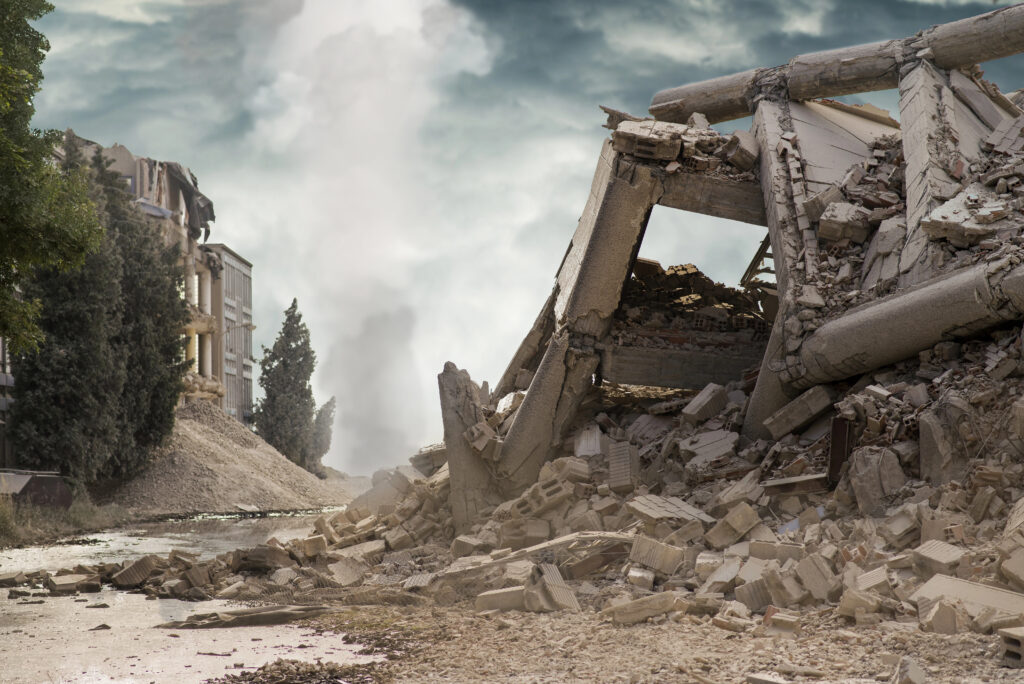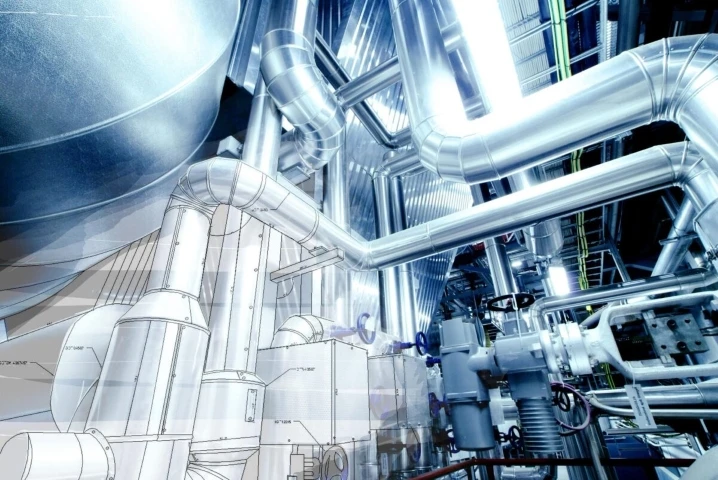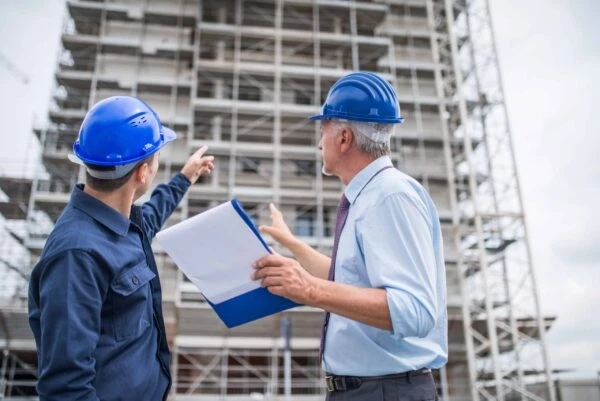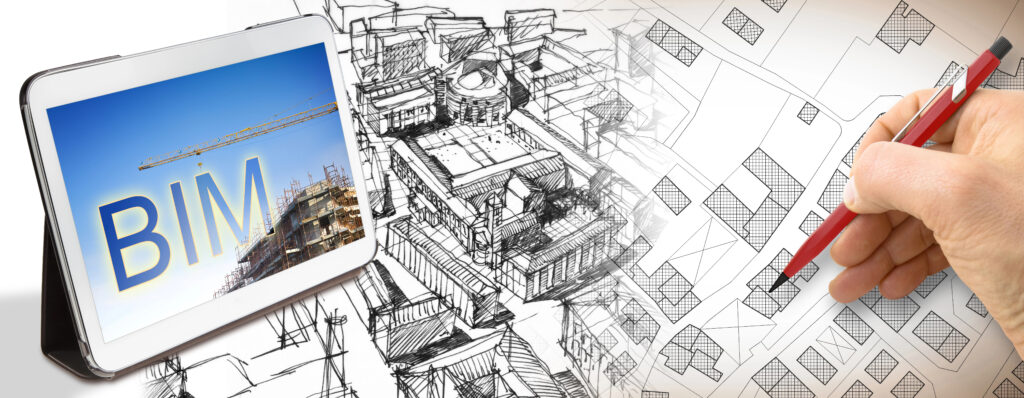Earthquakes not only pose a significant threat to life safety, but also to economics. They can severely damage equipment, buildings, and infrastructure, as well as disrupt production. When you’re operating a business in an area with seismic hazards, advance planning will improve the likelihood that your business will still be able to operate with functional systems in place.
Planning for business operations after earthquakes can be challenging, but seismic mitigation planning has been proven to be an effective tool for business management.
How Earthquakes Impact Your Business

Earthquakes don’t come with a warning, which means that unless businesses are prepared for seismic activity, business owners don’t have time to plan. As such, businesses must have a plan and proper preparations in place if the business is somewhere prone to earthquakes. Some of the ways earthquakes can impact businesses are as follows.
Employee And Customer Safety Concerns
Paramount to how earthquakes impact businesses are the life safety concerns. Earthquakes can result in injuries or even fatalities. Operations can be shut down while safety and security are assessed. Damage to homes and infrastructure can make it challenging for people to get to work.
Physical Damage
Earthquakes can result in building damage, equipment damage, and infrastructure damage. The ground shaking can cause buildings to be severely damaged, as well as damage equipment and inventory. It can also rupture and damage critical infrastructure, such as roads and bridges, disrupting transportation and access to facilities. Earthquakes can also break water lines, leading to water damage.
Utility Disruption
Earthquakes can also cause issues like power outages from knocking out power lines and electrical systems. They can rupture gas lines, which can cause fires and explosions and long-term disruptions to how your business runs. Telecommunication infrastructure can also be damaged or overloaded, leading to issues in business communication and internet access.
Supply Chain Disruption
Another way earthquakes prevent businesses from running normally is through problems like material shortages, supplier disruptions, and transportation disruptions, as from damaged roads, ports, and warehouses.
Economic Impact
Earthquakes can lead to extended periods of business downtime and lost revenue, as well as increased repair and insurance costs, as from damage assessments and insurance claims.
Long-Term Recovery
Earthquakes can have lasting psychological impacts on people and communities, leading to uncertainty and difficulty resuming normal business operations. Reconstruction can take a significant amount of time and resources, potentially leading to longer economic recovery for some businesses.
Avoid Nonstructural Damage With Seismic Anchorage And Bracing

Business owners must consider the potential impact of earthquakes and related hazards and plan accordingly in order to make a successful and speedy recovery easier. It makes sense to take practiced steps to protect their employees, operations, and assets from seismic damage. Businesses can temporarily lose the ability to generate income after a seismic event.
While most people think of infrastructure and structural damage when they think of the aftermath of an earthquake, the damage unrestrained non-structural systems can wreak should not be overlooked. Nonstructural systems are often overlooked or inadequately managed compared to the structural elements of a building.
However, damage to mechanical, electrical, and plumbing systems, as well as process equipment, computer equipment, and the like can all result in prolonged facility downtime following a seismic event. Fires, flooding, hazardous material leakage, process equipment damage, and more can result from unrestrained nonstructural systems.
By mitigating nonstructural hazards now, businesses can protect their employees from injury, prevent property damage, and resume operations more quickly after a seismic event. Seismic bracing secures nonstructural systems, resisting horizontal shaking and swaying. Seismic braces resist the seismic load nonstructural systems experience during earthquakes through bracing them to structural components of a building.
Enhancing Business Operationality With Seismic Engineering

VIE provides comprehensive seismic engineering services throughout the United States. We work with Connectors for Construction (CFC) in order to provide our clients with turn-key solutions, including complete design and supply of all bracing components.
Businesses across the United States rely on VIE’s 40+ years of experience for seismic bracing design that fulfills all code requirements and helps keep businesses running after an earthquake.
To learn more about our seismic bracing design or the other seismic engineering services we provide, contact us today.





